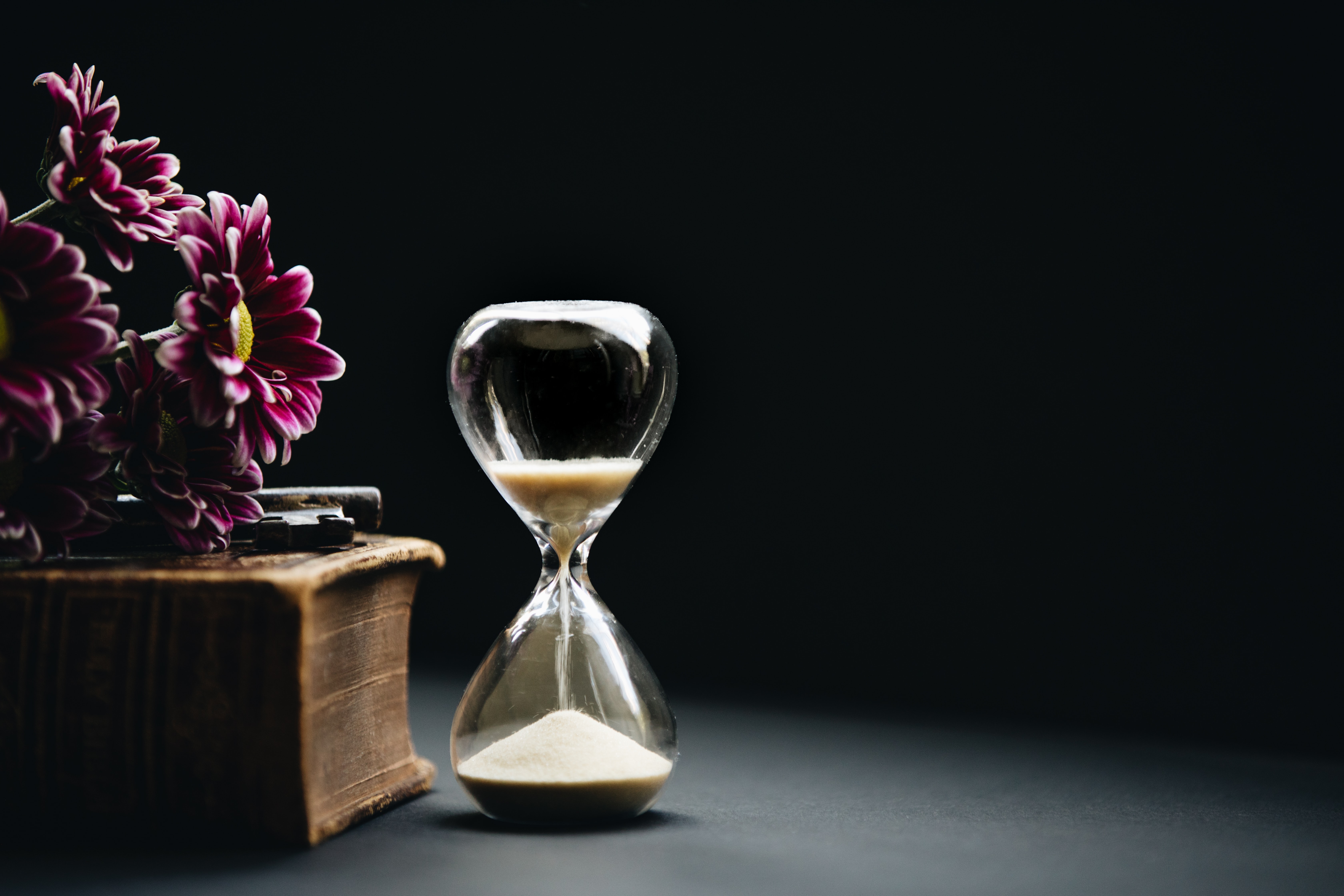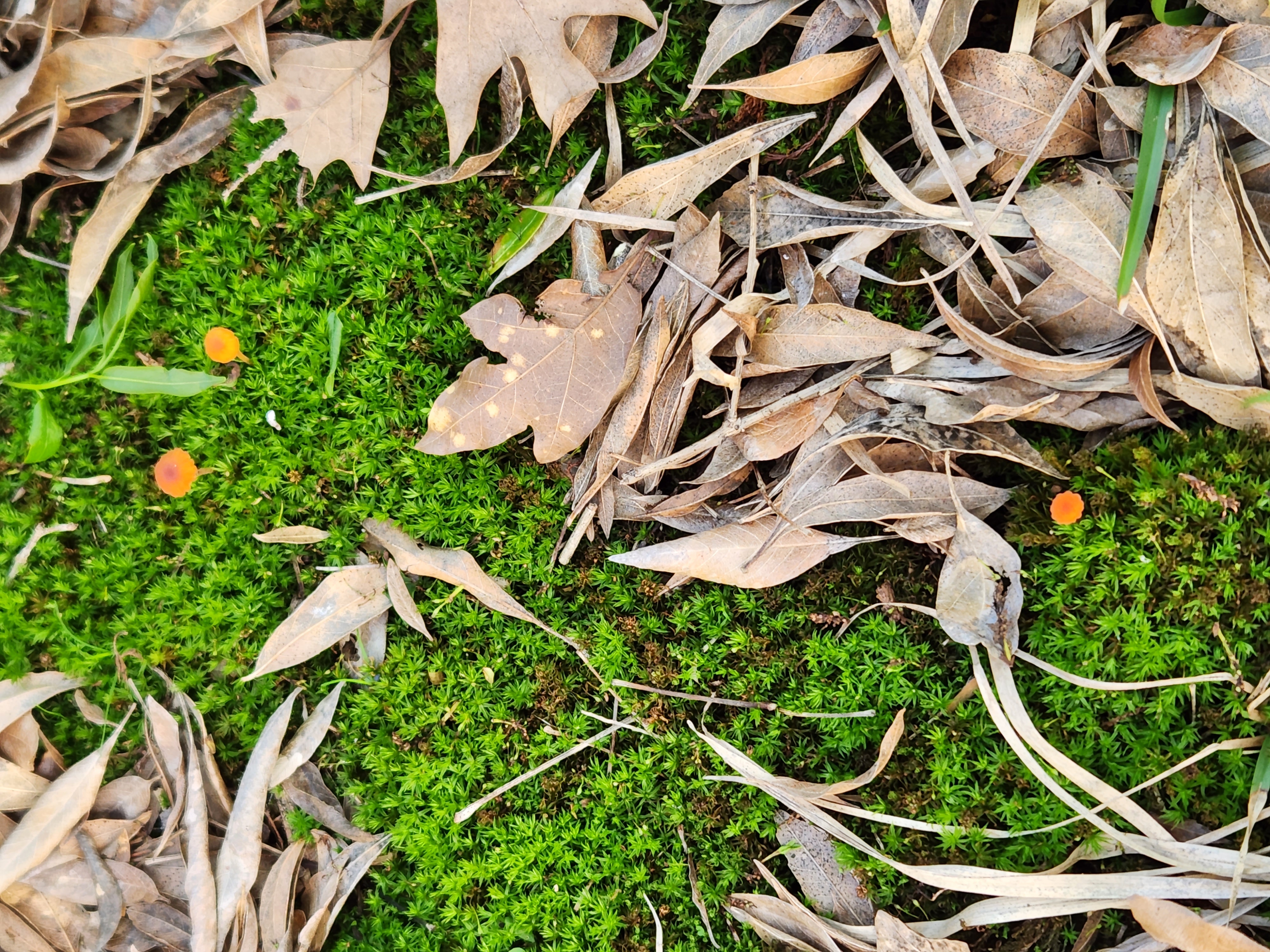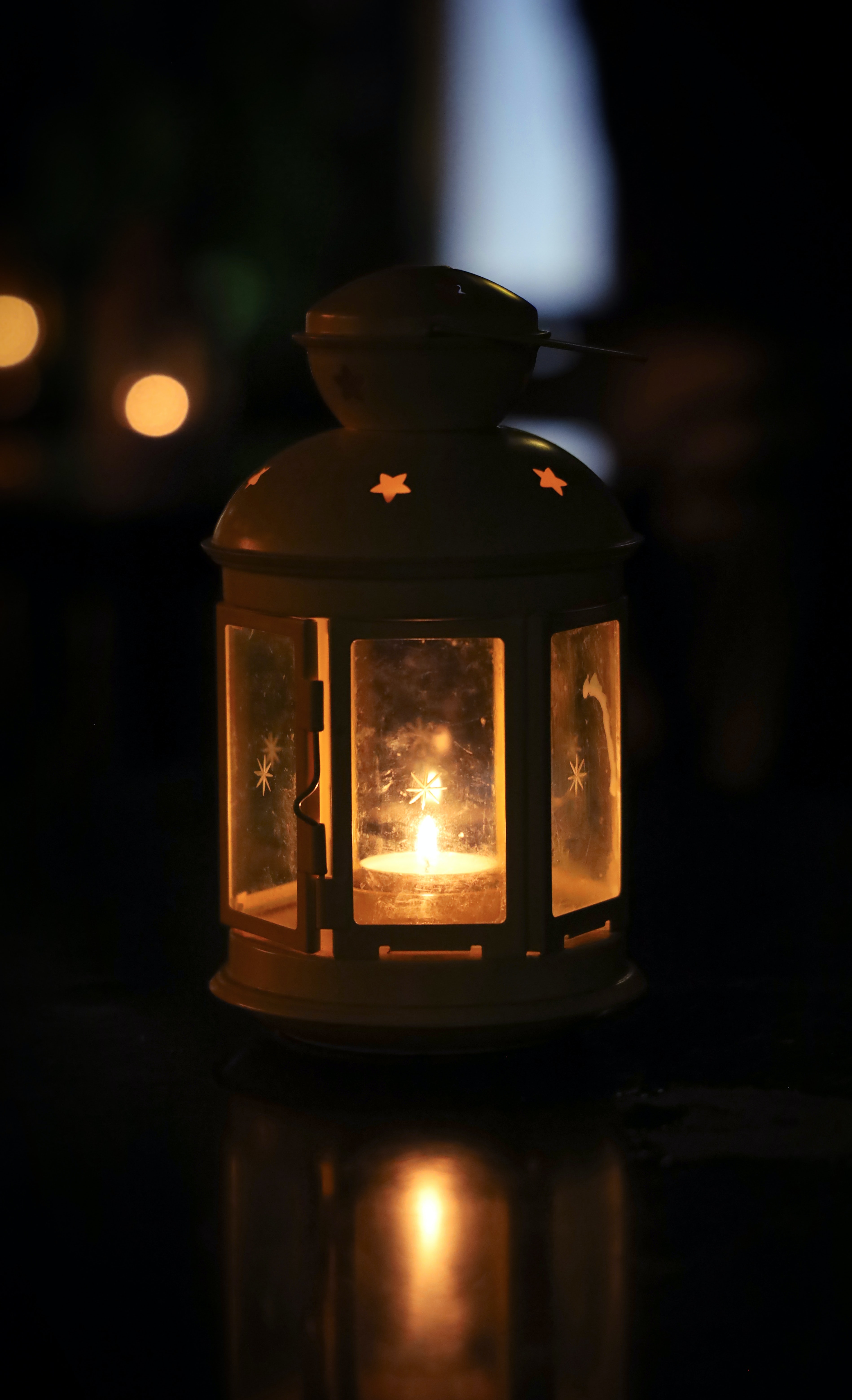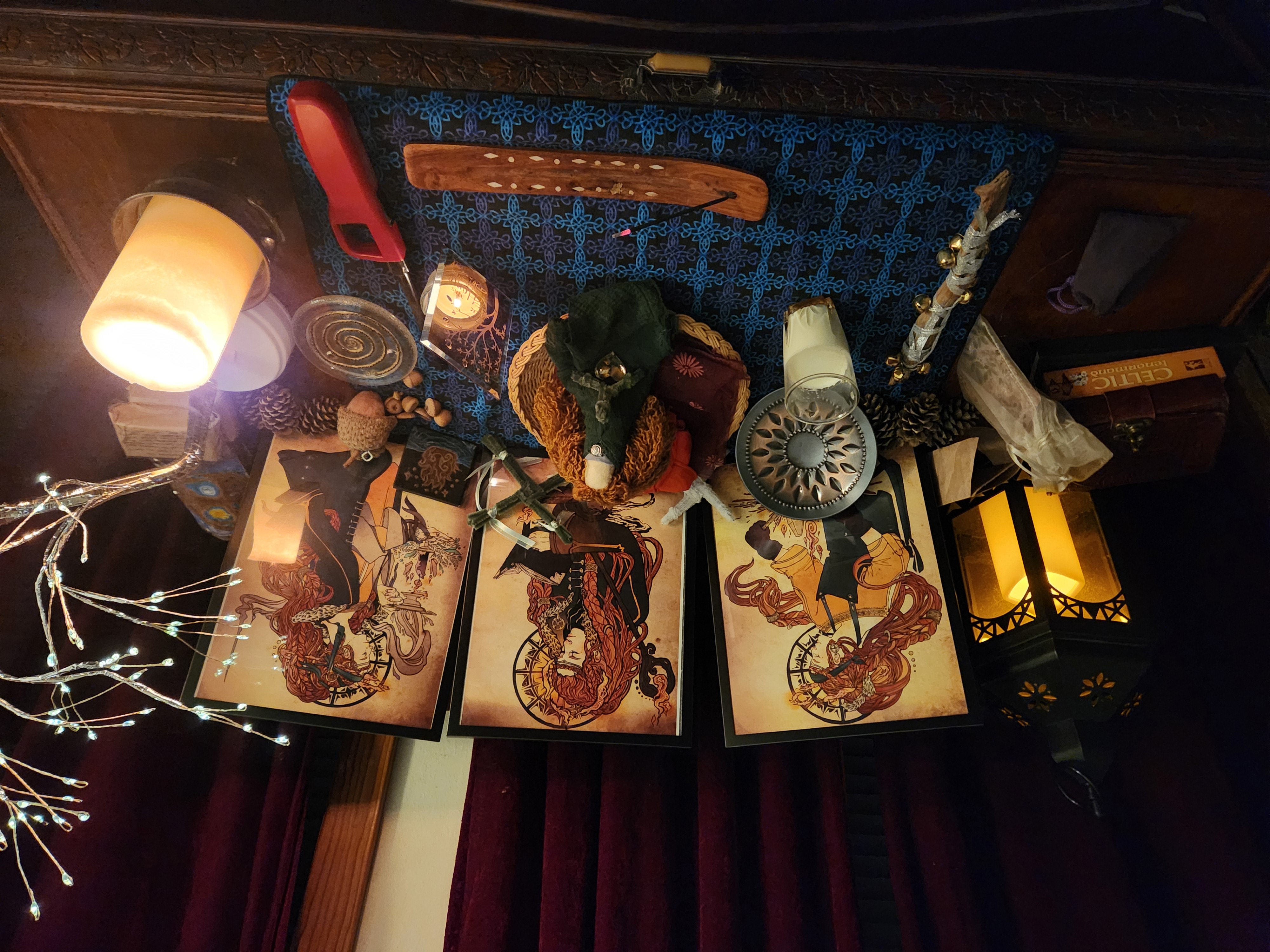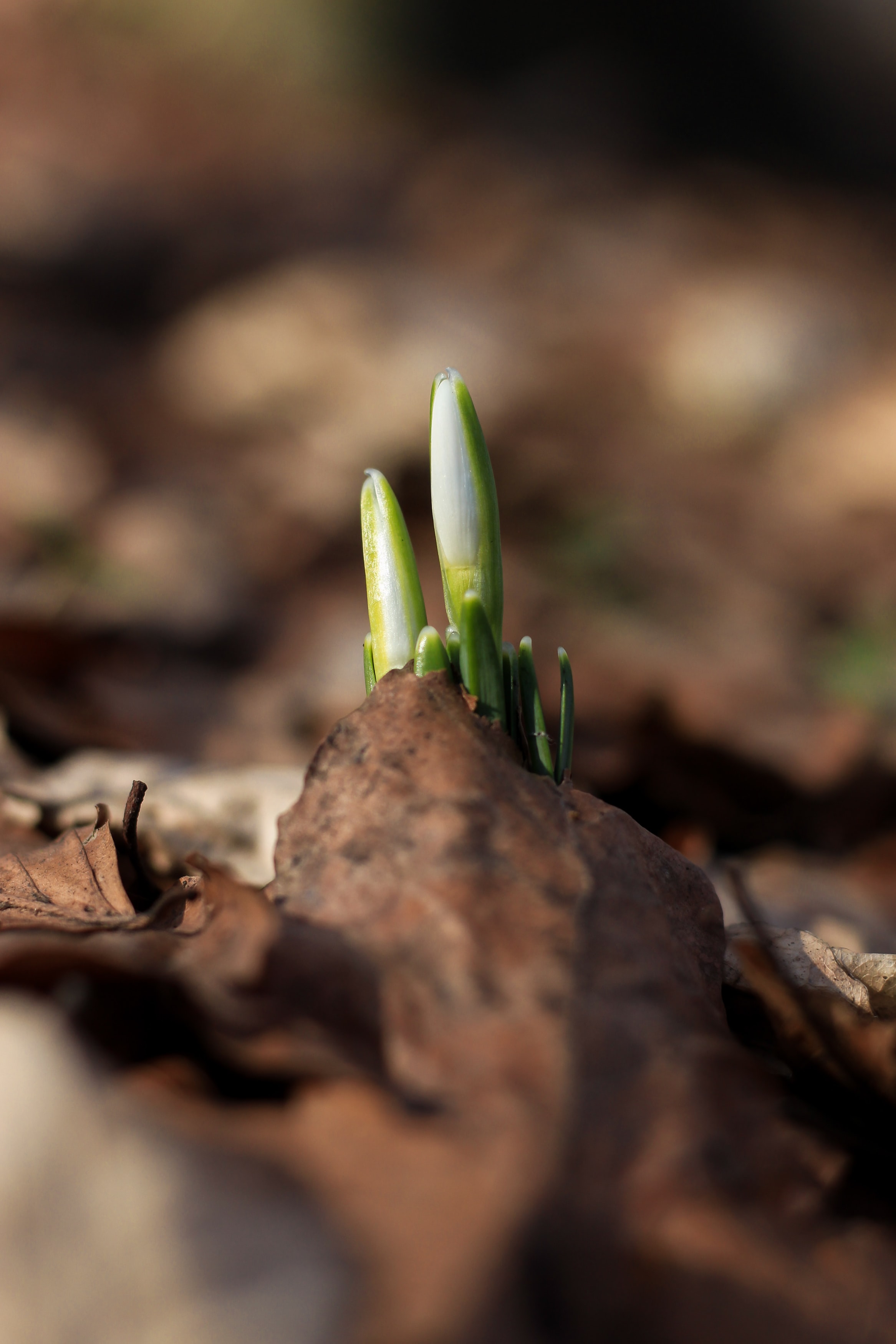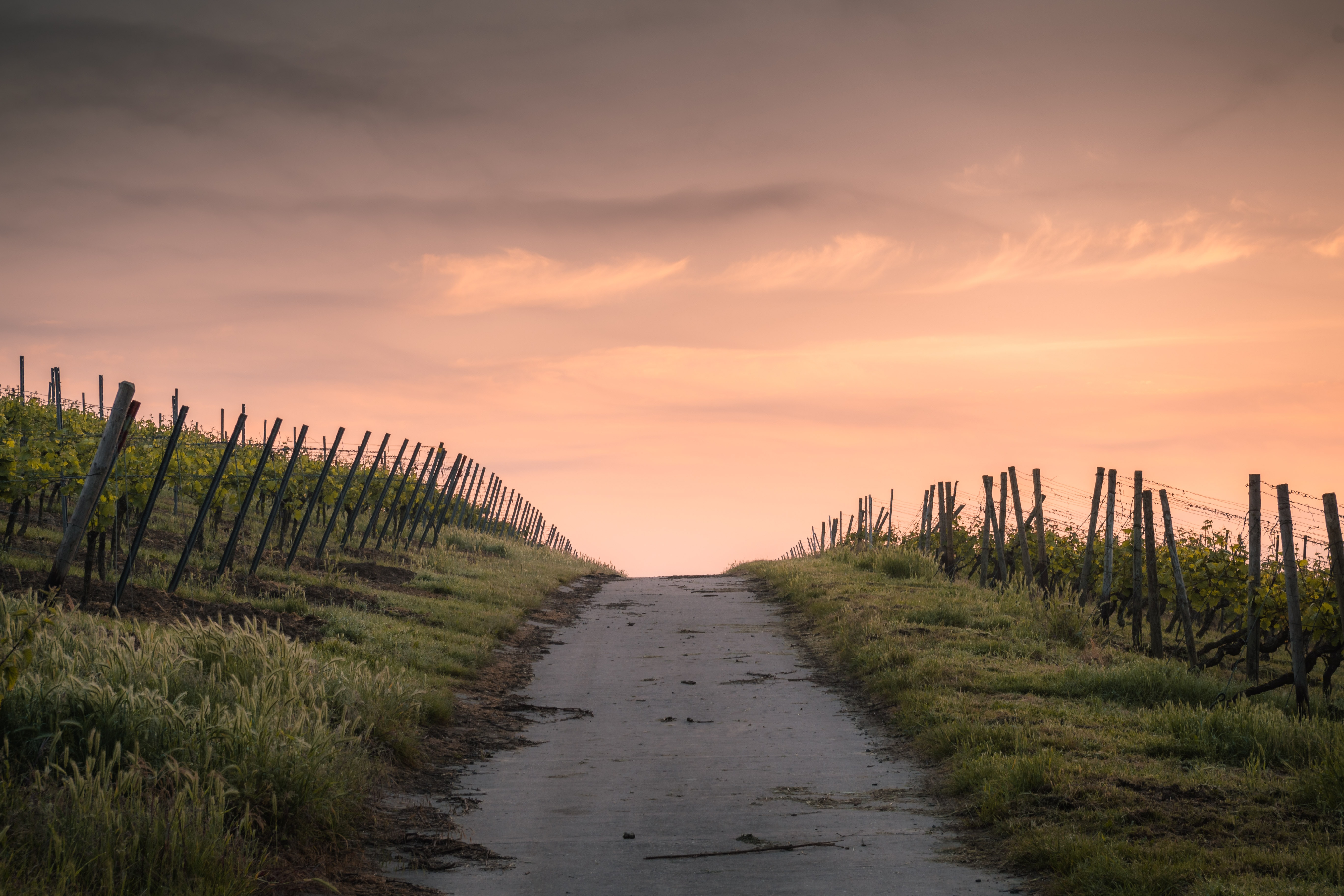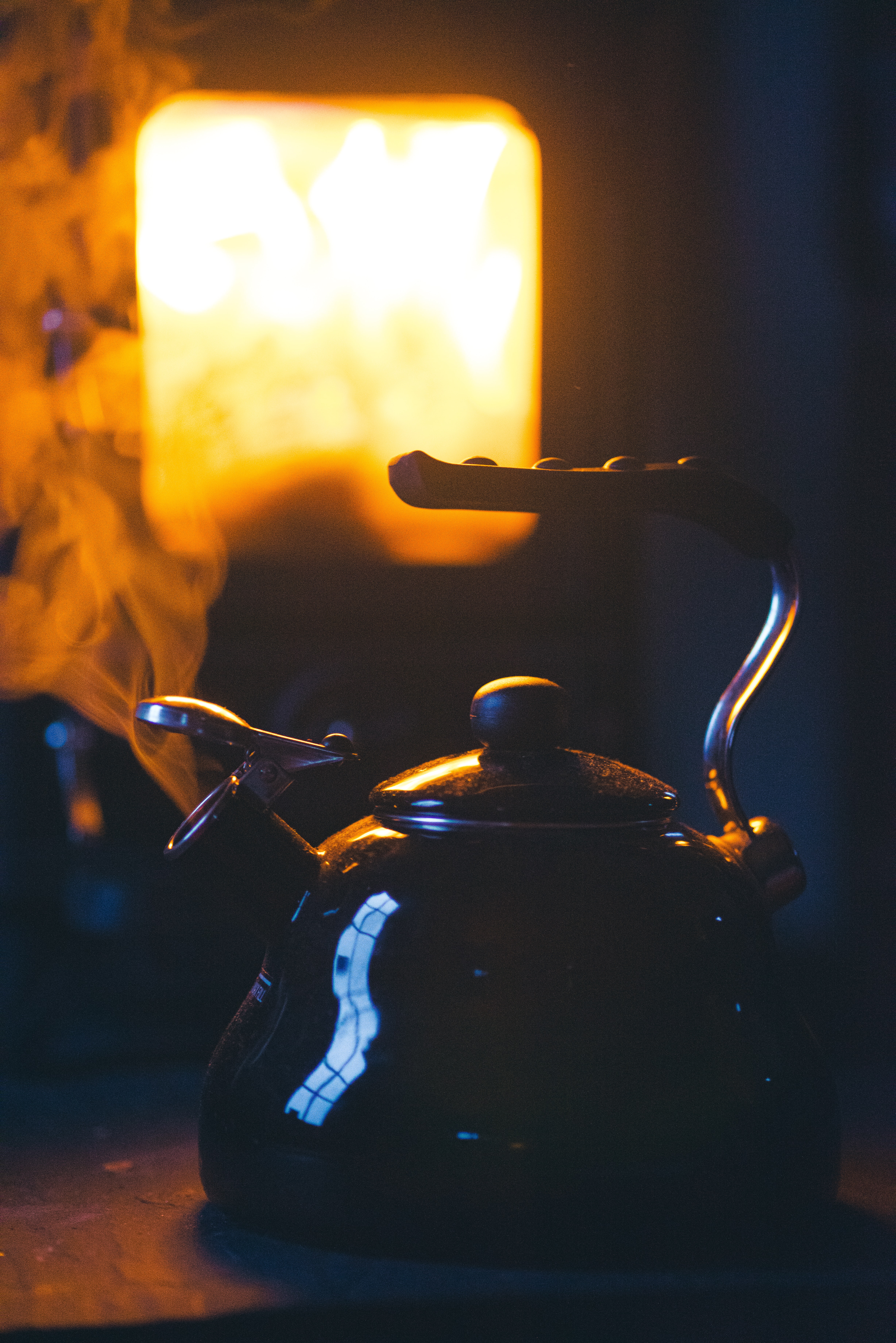Thoughts on maintaining your practice when away from home.
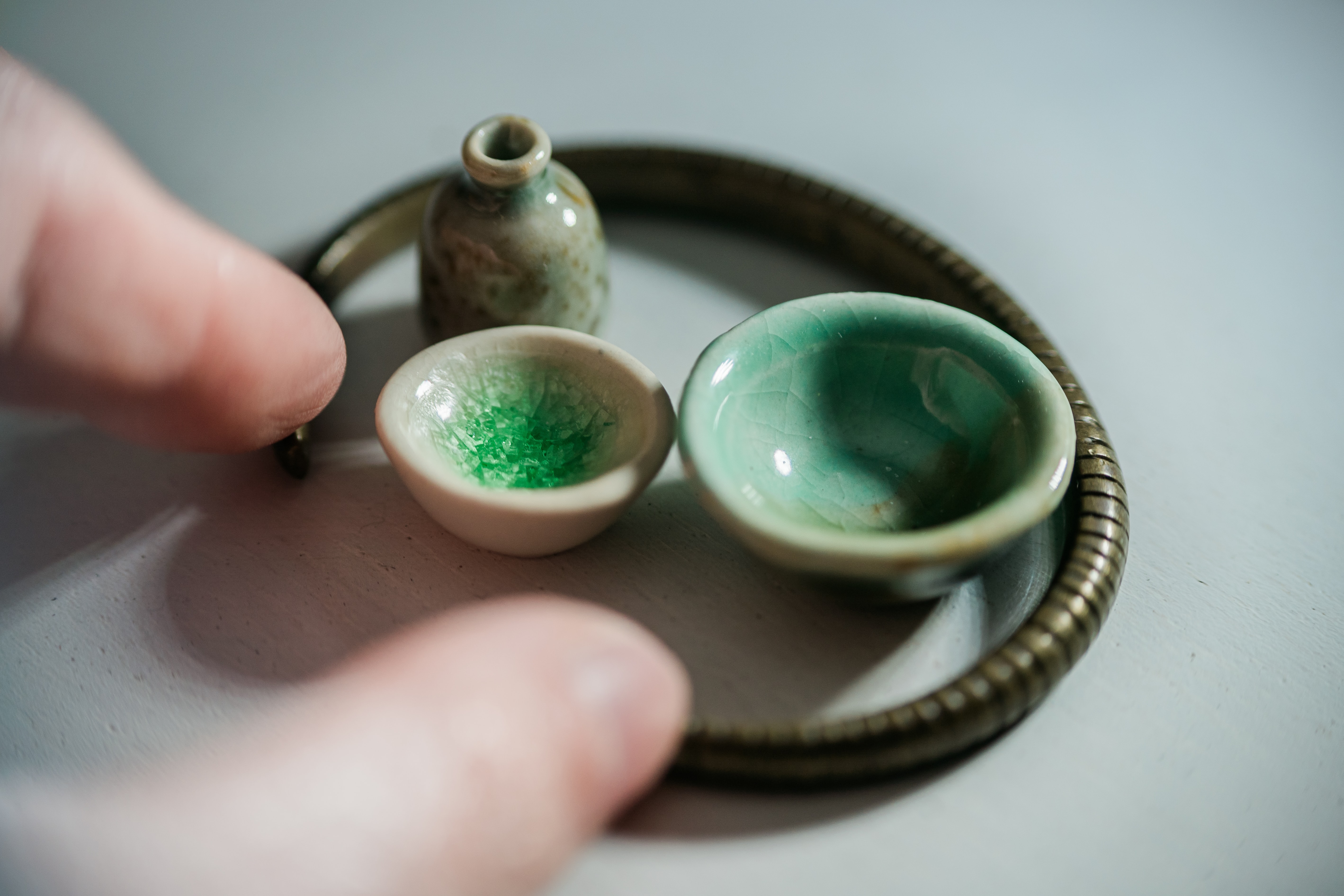
(Image description: A trio of green-tinted ceramic dishes are placed inside a metallic cuff bracelet. A couple, light-skinned fingers are seen to the left side of the image, having arranged the dishes.) Credit: Photo by Gabriella Clare Marino on Unsplash
Unless you are a part of a monastery, your spiritual center will be your monastic cell (whether that’s an entire home or a single room). However, there might be times when you have to leave your place, such as an emergency, a monastic retreat, a job, or a move, and you’ll need a travel altar.
I will use travel shrine and travel altar interchangeably here. I’m aware that an altar is meant more for doing spells, meditation, or other spiritual workings, but sometimes, your spiritual allies also reside there, which can be classified as a shrine.
The place I currently live in likely won’t be permanent, so the hermitage will have to accompany me wherever I go. I love my shrine setup, but it’s obviously far too bulky to pack into a couple bags. I would need to get the important items down to just the basics.
If you’re into minimalism (that’s not really my thing), this can also be a good experiment with that. Simplicity can take different forms, and having a simple shrine or altar can be part of that.
The central focus of a travel shrine would be a symbol or other representation of the beings involved in your practice. This can take the form of small statues, prayer cards, or known symbols related to the deities or spirits in question. If there is no specified image or symbol connected to them, then you can create one that suits your needs, as well as theirs.
If you have a method of cleansing or marking the space as holy, you’ll need to consider how you can accomplish this. It may be a small bell, an incense burner, or some combination of both. Keep in mind the place you’ll be staying in may not allow for things like burning candles and incense.
Many practices include the giving of offerings to show hospitality toward the deities, ancestors, or other spirits. A small bowl will work for this, since it can contain both food and liquid. I have even seen people use food miniatures in place of the actual thing. If space is limited, you could even opt for envisioned offerings. This is especially useful if you want to give elaborate items, but may not be able to afford them.
Prayer beads can serve a couple purposes in your travel shrine. They can be a focus for your deities, and they can even take the place of the representations I mentioned. If you want your sacred space to be especially streamlined, you could even have beads and charms function as substitutes for the other objects. It’s all a matter of how creative you want to be with it.
Lastly, divination is a common component in rituals, simple or complex. They may involve cartomancy, runes, a pendulum, or any other tool you like. Also, it’s worthwhile to consider using divination apps. This option may or may not be preferred as you may like the tactile nature of using the divination tool with your hands.
You’ll also should think of how you want to carry the objects with you. The container for these things can be a tin, a box, or a bag. The choice really depends on how much space and the privacy concerns you have.
I’m not sure what items I will include in my travel altar, so deciding which ones will be in there is something of a contemplative practice in itself. Evoking the same feelings I get from my regular shrine setup is important, and picking the objects with the most holy resonance needs to be done with care.
There may be other parts of a travel altar that I haven’t thought of, so that’s also worth further consideration. I will likely do a follow-up to this post in the future, so look forward to that!
